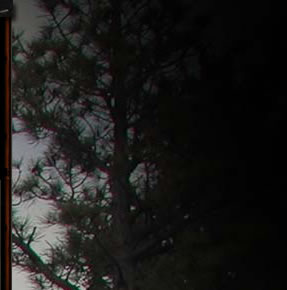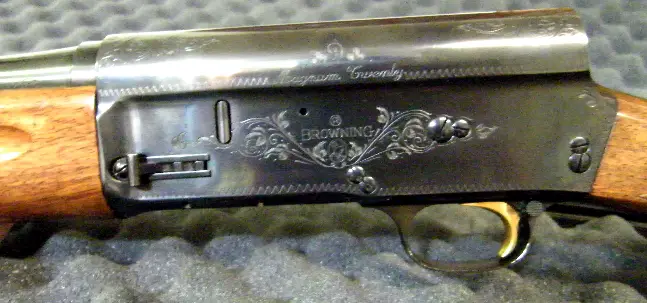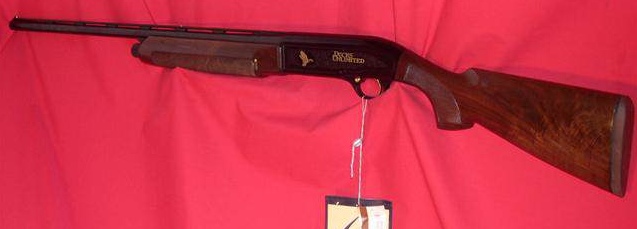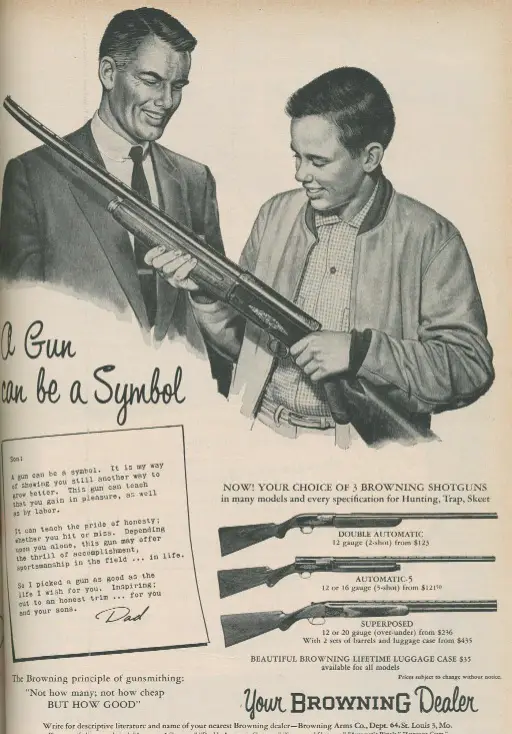


How Much Should You Spend For an Autoloading Shotgun?

Above, my A-5 Magnum Twenty from 1971. Overpriced, or a bargain?
It is a good question, one with no easy answer. Seventeen years ago I spent over a thousand dollars for a new Beretta 390 Gold Mallard. It was a lot of money, to me, and a couple of hundred dollars above the Silver Mallard models. The 390 Silver Mallard was the same gun, essentially, but the 390 had upgraded wood, engraving, and a jeweled bolt and shell carrier-- better aesthetics. All right, so that $1000 back in 1993 equates to roughly $1514 dollars today. A Browning A-5 that cost $450 in 1975 equates to about $1830 today.
Neither my A-5's nor my 390s have ever been considered “luxury guns” by any stretch of the imagination. Good quality, brand name shotguns? Of course. The somewhat nebulous notion of an affordable firearm is something that the average working man can afford if he really wants it and is willing to save a bit for it. I've never regretted the purchase of an A-5, a B-80, a 303, or a 390. You might be surprised, or not, when you hear folks carp about what a “a lot of money” is or isn't today. I've certainly spent what I felt was a significant amount of money on cameras, camcorders, computers, and software. Not luxury class items at all, but things that have a touch of planned obsolescence built right in.

Above, one of my Beretta 303's, a DU 20 gauge. Not a luxury class of shotgun by any means, but like the Gold Mallard 390s and similar editions, the wood, engraving, jeweled bolt and shell carrier make it more satisfying as the years go by-- at least to some people.
In answer to what new autoloaders cost and are they “expensive,” there isn't any basis for that from a historical perspective. Grandpa may well have been a bit of a skinflint himself. Utilitarian type firearms are nothing new, with many vintage shotguns not having checkering at all, no recoil pads, no vent ribs, and certainly no factory adjustment shims or factory screw chokes. Older autoloading firearms didn't have to deal with the abuse of steel shot, steel-based hulls, or folks trying to shoot 28 gauge loads out of their 12 gauges, either.
The notion of quality and price is always a personal one. Most everyone claims to want a “quality” firearm. What in the world that really means I really have no idea. No one has ever written to me, seeking to find a poor quality firearm or a bad value in a firearm. Maybe it will happen some day, but so far it hasn't. Several years back, certainly well “pre-Internet,” my Dad used to set up a few tables at gun shows. I invariably had the “opportunity” to go. That's code for loading, unloading, and watching tables while Dad drifted off in search of more gems. It is also code for the phone getting me out of bed at four in the morning, without the benefit of going hunting.

Above, the only three shotguns Browning offered, in 1956. The cheapest, plain barreled, fixed choke, non-steel rated Double Autos and A-5 models from 1956 would retail at around $1000 today. No shim adjustments, no recoil pads, no screw chokes, no vent ribs, no steel shot, and no 2-3/4 in. to 3 inch versatility without adjustments or indeed, at all: all things we tend to expect today at similar price points.
Some of the shows were in distinctly rural areas. The “great standard” according to some, anyway, was what a new Winchester 1300 or Remington 870 combo pack was selling for at K-Mart. Under no circumstances would a purchase be considered that was more than the birch-stocked, roughly finished, cheap Charlie combo guns. They had to be good, as they were “new.” “Off Brand” shotguns, like Beretta, garnered little interest back then. For some, the notions of walnut, engraving, polish, fit and finish were lost. They were junk-level, utilitarian guns, not a new idea. It wasn't long ago when Sears, J.C. Penny, Western Auto, and other chains offered a goodly assortment of spec guns. It was Wards Western Field, it was J.C. Higgins, it was Ted Williams for a long while.
Certainly, there are a few companies that offer unpretentious, utilitarian guns that give good service and are exactly what you might expect for their price point and targeted audiences. Mossberg, for the most part, qualifies with their Model 930 autoloaders. I'd never confuse a 930 with an upscale, more sought after brand. Nevertheless, they do what they say they do, for the most part, and get people up and running until their needs change or their tastes improve.
Firearms are no different than other durable goods. Whether you say you like it or you say you hate it, you are absolutely right. There are tremendous differences between models of autoloaders, just like there are with all other shotguns and all firearms. I can't rationally compare an Ithaca M37 to an alloy, unfinished slide action but some people try. Nor is there such thing as an extremely high quality O/U for a bargain price point. In the case of doubles, you are getting close to two guns: two barrels, two triggers, along with more machining and assembly work two basic areas of firearms where quality and cheap have never peacefully coexisted in the same box.
We all have our own theories on the value of wood, engraving, polish, finishes, and handwork. Divergent theories on value aren't at all new, each generation picks its way through the respective values of design, function, metalwork, and assembly. The Wards Western Field and Western Auto spec guns of yesteryear had their followings, the reason so many department stores were compelled to offer their own branded gear. It hasn't changed all that much today. The fellow that spends $1400 or $1800 on an autoloader today isn't doing anything different than the A-5, Super-X Model 1, or Golden Mallard buyer of years gone by did. We might like to think things have changed a great deal, but in most ways they haven't changed at all.
Copyright 2010 by Randy Wakeman. All Rights Reserved.

Custom Search

Custom Search



